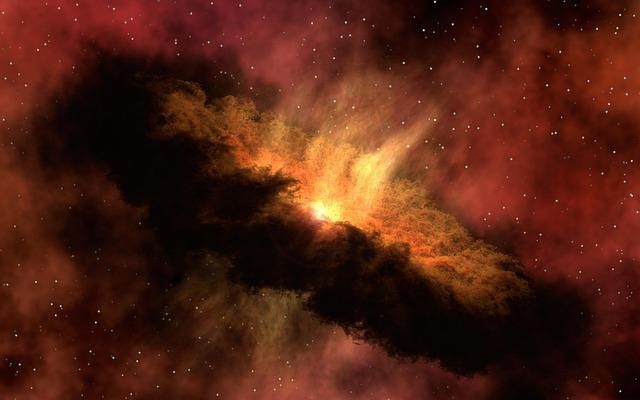
In the ancient past, before the first cosmic dawn in the proto-universe, when the first-star stuff or protean hydrogen started forming, that was to be the present universe.
How long does the process take when the first breaking light of protostars shines in a sea of swirling clouds of gas.
From the Big Bang to the First Stars
The timeline for the evolution of the universe will be helpful to know what occurred instead of speculation from incomplete data, Science Alert reported.
A group of astronomers from different nationalities led by Germany's Max Planck Institute for Astronomy used the light of quasars.
These distant cosmic bodies were used to figure out the last wisps of hydrogen fog that still exists after billions of years the Big Bang ended, per Space.com.
Initially, the static hiss of countless subatomic particles that form as the heat from universal singularity started to get cool, while space-time stretched out in the cosmos about 380,000 years after the big bang.
The dropping temperature of the protean cosmos allowed the crucial formation of hydrogen that started from a pair made up of a proton and electron.
In no time was an infant cosmos teeming with non-energized atoms in a sea of infinite dark.
Birth of Light in a Dark Universe
Under the influence of quantum laws and gravity push, neutral hydrogen atoms form; until hydrogen gas balls increases and start nuclear fusion, cited New Scientist.
It will be the first cosmic dawn in all creation as the light of hydrogen fog burned and emitted radiation for the first time created from star stuff; the breaking of proton-electron bonds continually like a nuclear furnace.
Exactly how this universal dawn lasted that led to protean light of baby stars until the last reserves of primordial hydrogen burned is not definite.
About 50 years back, studies used the light from quasars trapped in plasma (gas) floating in a close galactic medium.
Determine a series of quasars into an immense distance to see how long neutral hydrogen gas is energized.
The theory is not enough, and looking for an understandable timeline from a few quasi-stellar objects (quasar), its light is altered by cosmic expansion and goes through neutral hydrogen seen after cosmic first light.
Researchers tripled their quasar sample to get a better view of stuttering ionized hydrogen still existing today, a total of 57 quasars were studied.
The effect of fresher pockets of hydrogen atoms determines where the distant ionized burst originates.
Data reveals the last of the proto-hydrogen were lost to the rays of the first starlight at 1.1 billion years when the big bang ended.
According to astronomer Frederick Davies in a remark; it was initially thought reionization was nearly 200 million years.
But evidence points out that the first cosmic light is longer than theorized because of more advanced facilities available to cosmologists today.
Future technology can see the spectral lines that are hydrogen reionization to when cosmic dawn also ended its stages in the universe's first billion years.
Crucial to this event is the formation of star stuff of the protean universal darkness until hydrogen burned in nuclear fusion as the first dawn after the big bang.








